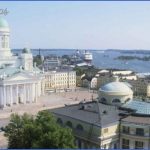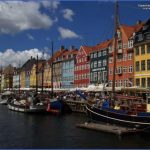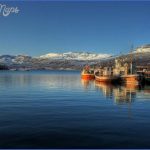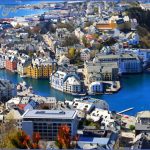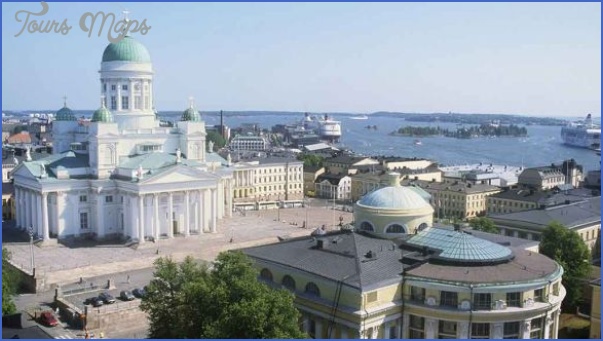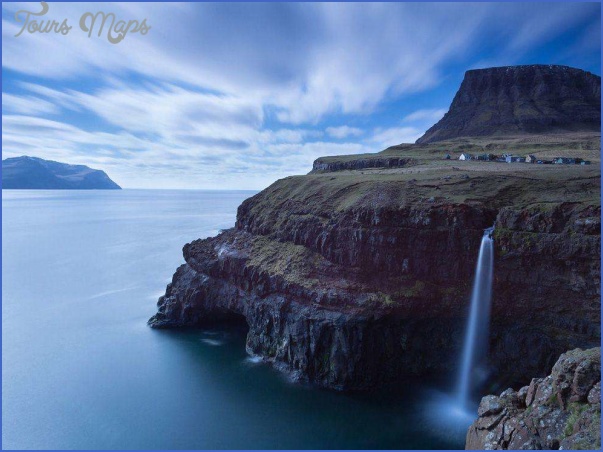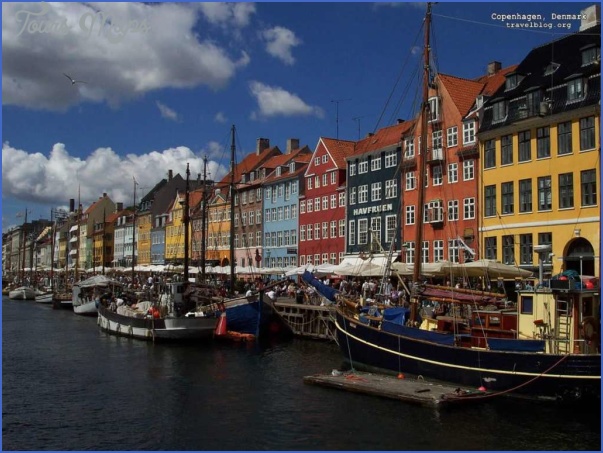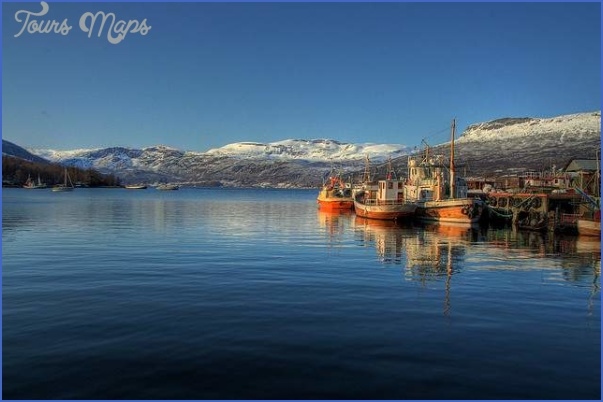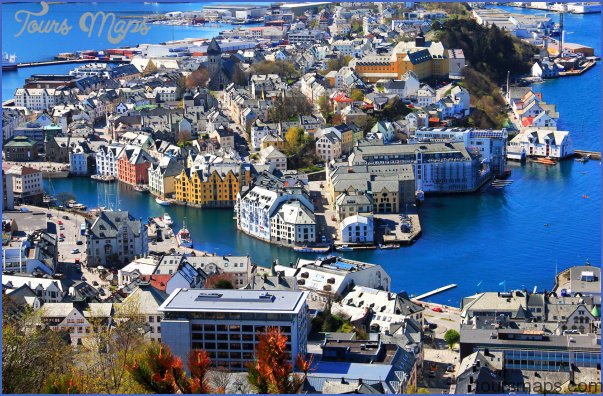Population
The Scandinavian countries enjoy good-neighbourly relations, as reflected for example in the relaxation of controls on travel between the different countries. There is no sign, however, of any trend towards political union: on the contrary they have frequently broken away from such unions in the course of their history. Although all four countries are predominantly of the same Lutheran faith they are psychologically too different to contemplate a closer union.
The NORWEGIAN, turned towards the sea since time immemorial, is impulsive by nature, less given to respectable middle-class virtues. His actions often seem dictated less by logical reasoning than by intuition; and it need cause no surprise, therefore, that this small nation has produced a number of major composers and writers, as well as Arctic explorers such as Nansen and Amundsen.
The SWEDE, on the other hand, seems to attach more importance to respectability and a quiet life, although he is also thoroughly cosmopolitan. Sweden has produced distinguished scientists mathematicians, physicists, biologists but scarcely a single composer of significance. A logical and matter-of-fact approach, a tranquil and natural way of life, a subtle and apt sense of humour, a reserved disposition, a strongly individualist line these are Swedish characteristics.
The FINN is strongly attached to the landscape, the lakes and forests, of his country. His character has been formed by the hard struggle for existence which calls for exertion of both mind and body. The Finnish people have notable achievements to their credit in the scientific and artistic fields, particularly in architecture and design, and their sporting and military prowess have been no less remarkable; the mystical side of the Finn is exemplified by the music of Sibelius. The individual Finn, however, remains modest and companionable and Finnish hospitality never fails.
It is more difficult to characterise the DANE. Parallels can be found between the Danes and the Dutch, and economically the two countries have much in common; but Holland is more thickly dotted with towns than Denmark, which, with the exception of Copenhagen, largely consists of open country, so that the Dane still retains something of the countryman in his makeup. He appears more given to philosophising and reflection than the Swede; and Hans
Andersen and Kierkegaard, very different from one another though they are, are both typically Danish.
These differences in the character of the Nordic peoples, among whom we must also include the LAPPS, are not of course reflected in every individual, but they do find some kind of expression in the different ways of life of the Scandinavian countries. But at the same time it is legitimate to see them as belonging to the same family of peoples, which have in common a high standard of living, well-organised systems of government, well-developed commercial relations with the rest of the world and a factor of some importance to the visitor an excellent transport system with a well-coordinated system of roads, railways, air and boat services, in spite of the great distances and the sparse populations over much of their territory.
Scandinavian Countries Photo Gallery
Maybe You Like Them Too
- The Best Cities To Visit in The World
- World’s 10 Best Places To Visit
- Coolest Countries in the World to Visit
- Travel to Santorini, Greece
- Map of Barbados – Holiday in Barbados

